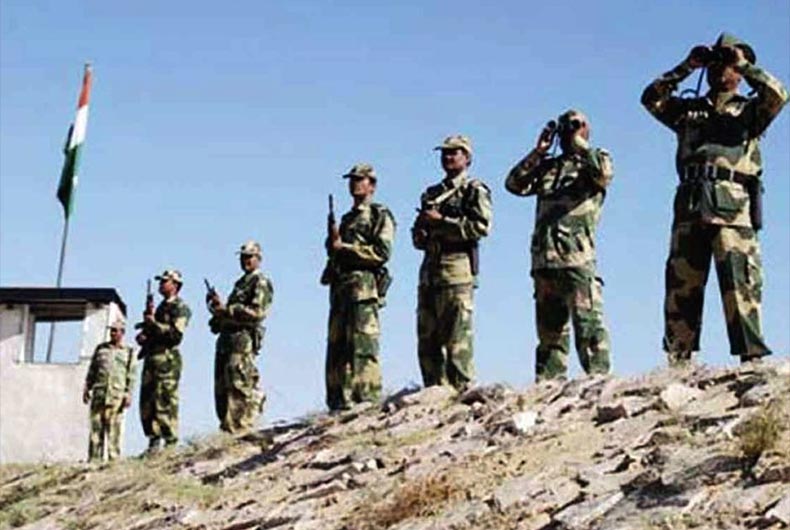New Delhi: Indian and Chinese troops remained engaged Monday in an eyeball-to-eyeball situation in several disputed areas. These areas lie along the Line of Actual Control (LAC) in Eastern Ladakh. The face-off indicated that the confrontation between the Indian and Chinese troops could become the biggest military face-off after the Doklam episode in 2017.
Aggressive behaviour
Top military sources said India has further increased its strength in Pangong Tso and Galwan Valley. In these two contentious areas the Chinese army is learnt to have been deploying around 2,000 to 2,500 troops. China is also gradually enhancing temporary infrastructure.
“The strength of the Indian Army in the area is much better than our adversary,” said a top military official Monday. He spoke on the condition of anonymity. The biggest concern for Indian military has been the presence of Chinese troops around several key points. These include the Indian Post KM120 along the Darbuk-Shayok-Daulat Beg Oldie road in Galwan Valley.
Serious development
“It is serious. It is not a normal kind of transgression,” former Northern Army Commander Lt Gen (Retd) DS Hooda said. He particularly emphasised that Chinese transgression into areas like Galwan was worrying. It is because there is no dispute between the two sides in the area.
Strategic Affairs expert Ambassador Ashok K Kantha too agreed with Lt Gen Hooda. “There have been multiple incursions (by Chinese troops). This is something which causes concern. It is not a routine stand-off. This is a disturbing situation,” Kantha said.
Sources said diplomatic efforts must be ramped up to resolve the escalating tension between the two armies. Both sides have adopted aggressive postures in several areas including Pangong Tso, Demchok and Daulat Beg Oldie.
China building infrastructure
The Chinese side has particularly strengthened its presence in the Galwan Valley. It has erected around 100 tents in the last two weeks. Also heavy equipment has been brought in for construction of bunkers.
Sources informed Indian troops are resorting to ‘aggressive patrolling’ in several sensitive areas including Demchok and Daulat Beg Oldi.
Deterioration of situation
The situation in Eastern Ladakh deteriorated after around 250 Chinese and Indian soldiers were engaged in a violent face-off on the evening of May 5. It spilled over to the next day. However, the two sides then agreed to ‘disengage’ following a meeting at the level of local commanders. Over 100 Indian and Chinese soldiers were injured in the violence.
The incident in Pangong Tso was followed by a similar incident in North Sikkim, May 9.
India last week said the Chinese military was hindering normal patrolling by its troops. India asserted that it has always taken a very responsible approach towards border management.
The Dokalam issue
The troops of India and China were engaged in a 73-day stand-off in Doklam tri-junction in 2017. It even triggered fears of a war between the two nuclear-armed neighbours.
The India-China border dispute covers the 3,488-km-long LAC. China claims Arunachal Pradesh as part of southern Tibet while India contests it.
PTI
